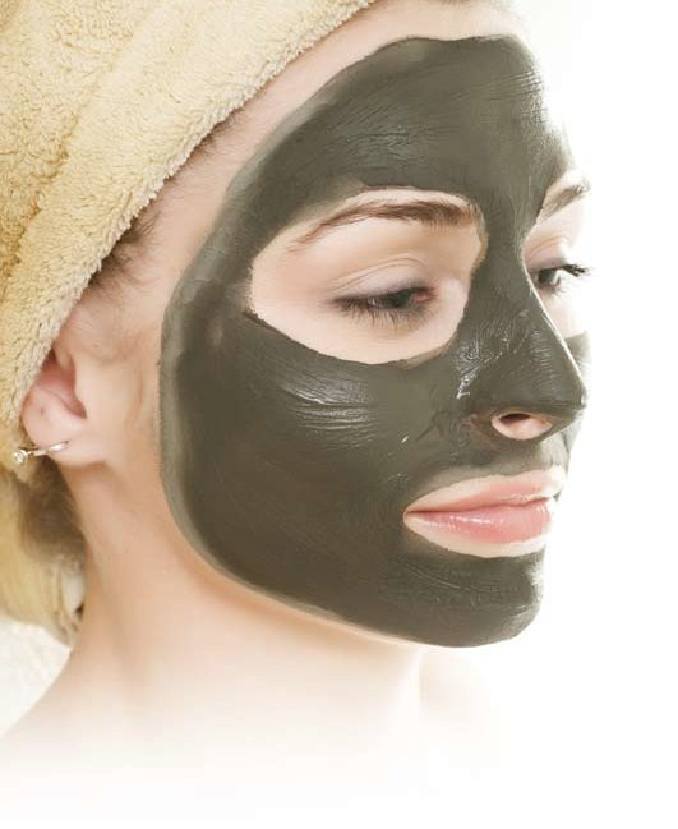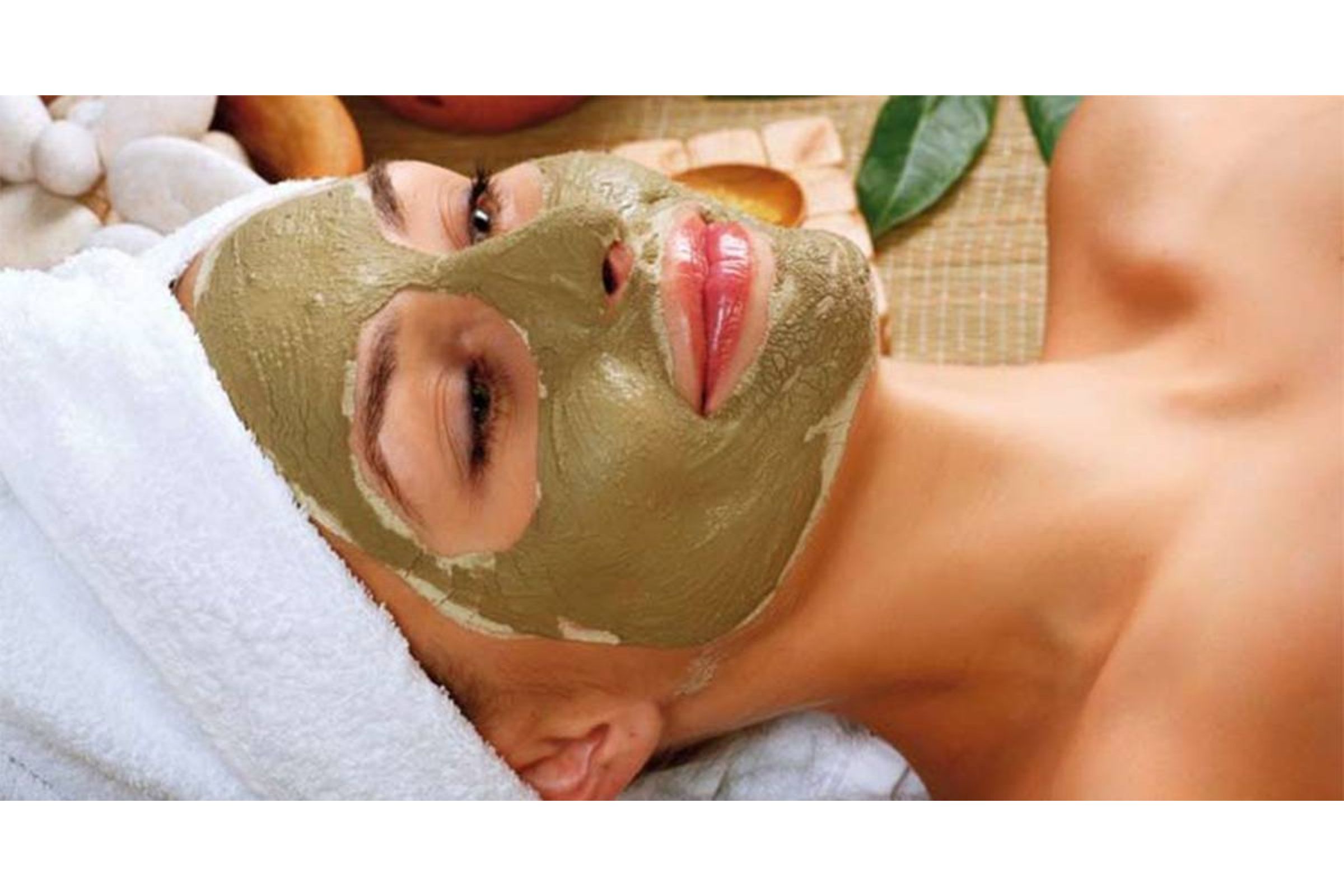 Large properties and uses of Clay
Large properties and uses of Clay
This ancient therapeutic substance, known since the days of the Egyptians and used by Hippocrates, Dioscorides, Galen and Avicenna, has the only fault of being too well known and then popularized.
This also because of its easy availability and low cost, which obviously takes away the importance and charm that we cannot see things in common and affordable for everyone.
The clay is generally defined as a rock of sedimentary or volcanic and within the mineral kingdom is an organism capable of evolution, because it is not made up of a single component, but by a set of trace elements (silica, aluminium, calcium, magnesium, potassium) to a greater extent and another series of minerals (tin, iron, lead, gold and silver, copper and mercury) in a quantity that we could define homeostatic patiche, critical to the healing characteristics of the clay .
the great features of the skin is the capability to become permeable and make possible exchanges between inside and outside. The clay releases all its active substances and absorbs toxins that gives the skin, which is why it can not be reused. Can absorb any item be it nature liquid, gas or energy. It also removes dead cells, it balances sebum secretion and dries the acne pustules.
We could summarize its functions in:
- PURIFYING AND DETOX
- ANTISEPTIC, for the elimination of pathogens.
- INFLAMMATORY
- DOPE, the functionality of the tissues.
- HEALING AND TONING, for stimulation of tissue and circulation.
The clay has a neutral pH and is absolutely sterile. A key feature is its fatness and plasticity, that derives from the percentage of silica present, never below 40%.
This property plus the functionalities of water absorption, at least 50% of its weight, makes a soft, homogeneous mixture. Its great power allows the emulsifier to bind to water (hydrophilic), but also to oil (lipophilic). Does not expire, but if you have a Sacchet to closed long enough to expose to the sun and air it before using it to recharge energy and enhance its functionality. The term "ground coarse," "small ground" or "ventilated" are to indicate the grain size
We have various types of clay, with color variations which often depend on the pre valence of a component with respect to another, and the most used are the white clay and green.
The GREEN CLAY is more suitable for the body. Has the same components as white clay, but at a higher percentage, and this makes it much more active, more draining and detoxifying, so perfect for anti-cellulite body wraps.
It is advisable to mix the clay with infusions draining effect and then add 10 to 20 drops of essential oil (depends on how extensive the treatment area) from among: Geranium, Rosemary , Fennel, Juniper, Lavender, Lemon, Sweet Orange and Lime. Of course if you choose more of an essential oil, the total drops must always be within the recommended limit.
The clay layer must often be at least half a centimeter and must remain posing 45 minutes can occlude with the transparent film. After the interval rinse with lukewarm water, without using soap and you can proceed to apply a cream or vegetable oil hydrates many.
With both the green clay that with the white we can prepare the clayey water, which can be effective for a good bath detoxifying, even for footbaths and hand baths. It is prepared in a cup the usual mix clay / hydrolat, with a tablespoon of clay and little hydrolat, the right amount to get a thick paste, add 10 drops of essential oil of your choice from the options above and put the cup under the casting of the tank water.
The result is not pleasant to see: is water with a "muddy" look, but having all the functions of osmosis clay acting on water retention, drainage of toxins, relieving congestion and fostering the process of tissue replacement.
The nature, as always, gives us the opportunity to take care of our body health with a common item as the "ground". We have the opportunity, with very little expense to organize the home spa treatments, useful to our wellness.

